Let’s dive into the RAW, or should I say just ‘raw’. This ultra-educated and very much brilliant video titled “BRAW or ProRes RAW? The Battle of RAW DOMINATION begins..“ was made by filmmaker Sherif Mokbel from The DP Journey. The video tries to explain the differences between BRAW and ProRes RAW when externally/internally recorded, but more importantly, the session demonstrates the main fundamentals of raw imagery and what it means.
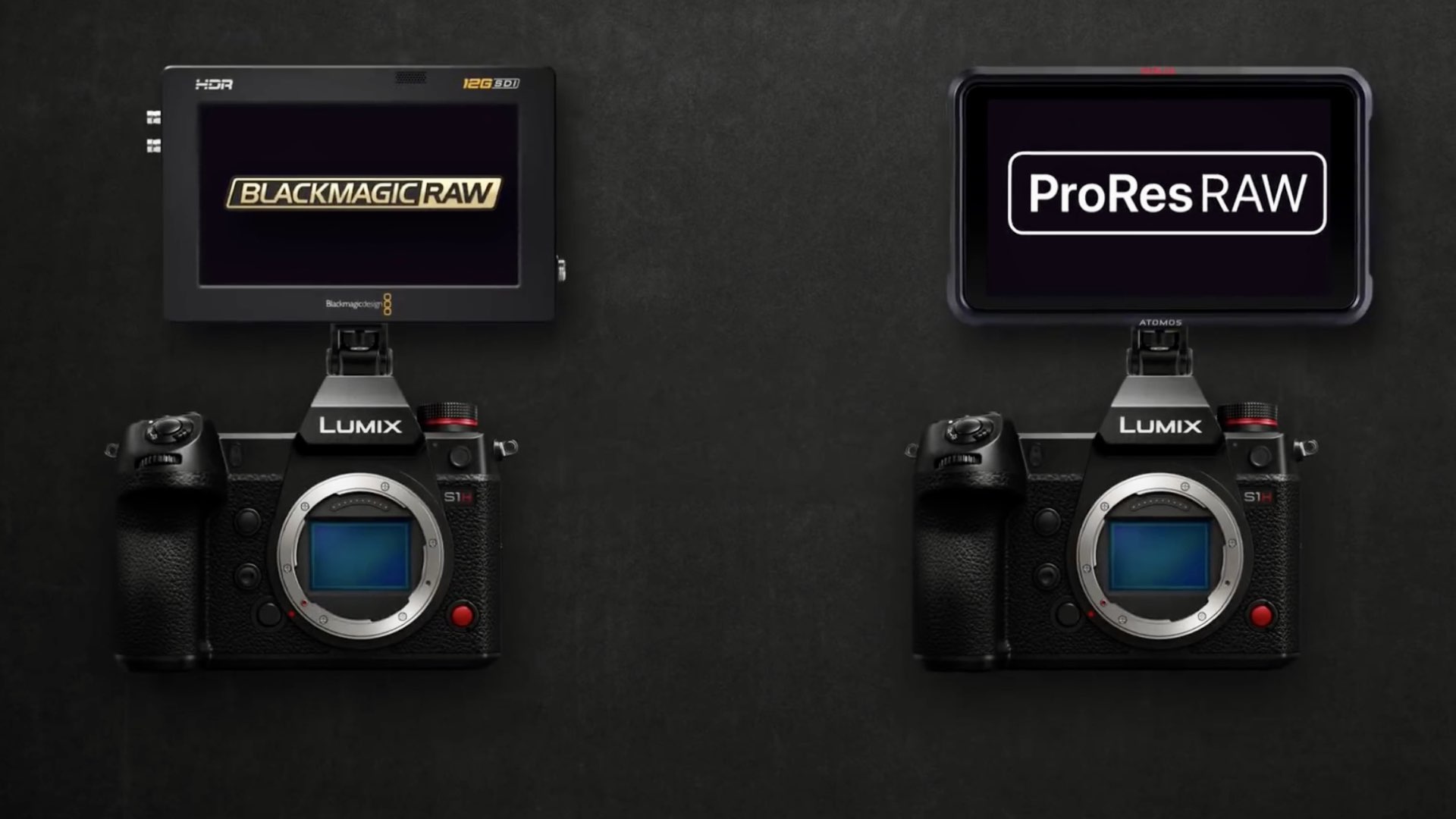
ProRes RAW vs. BRAW (externally) vs. BRAW (internally)
Sherif utilized its own Panasonic LUMIX S1H with its external BRAW and ProRes RAW capabilities and compared the raw outputs to the internal BRAW recording of the Blackmagic Pocket Cinema Camera. Sherif has tested these raw formats in DaVinci Resolve (for BRAW) and Final Cut Pro (for ProRes RAW) regarding two main parameters: White Balance and noise.

BRAW external vs. BRAW internal
First, Sherif tried to address the question of whether shooting BRAW via HDMI (Blackmagic Video Assist) will get you the same results as shooting BRAW internally (by Blackmagic cameras). Surprisingly, the results are not so definite. Sherif shows us that when shooting BRAW via HDMI, there’re some inactivated functions, as opposed to the internal BRAW from Blackmagic cameras. For instance, the option for highlight recovery in Resolve is activated only when shooting BRAW internally. Hence, Blackmagic grants some advantages to those who shoot with its cameras. However, the major difference is manipulating the white balance, which is a very important factor when shooting raw.

White balance as an important privilege
Sherif’s tests have demonstrated that when shooting BRAW on the Blackmagic Pocket 6K, then the WB (White Balance) can be corrected/adjusted much more easily. All you have to do is to dial up the White Balance to the correct temperature, and you’re done. As opposed to when shooting BRAW via Video Assist, the adjustment is not accurate and demands further correction. Hence, internal BRAW from the Blackmagic Pocket is far more accurate than external BRAW from the Video Assist (in that case, the LUMIX S1H was used). However, when trying the same process regarding the ProRes RAW in Final Cut, the results were precise. Thus, external ProRes RAW is much more efficient in adjusting WB than external BRAW.

Noise as an indicator of the ‘quality’ of raw
This session of the video is super educating and will help you understand the concept (and advantage) of raw recoding. Sherif claims that real raw has a maximum amount of noise since there’s is no de-noise baked in. Thus, Sherif analyzed noise levels by comparing ProRes RAW and BRAW and found that ProRes RAW has significantly higher noise levels than the external BRAW. Furthermore, Sherif has used a blue channel as an X-ray to explore macro-blocking that appears in highly compressed media (H.265 for instance), and that compression is presented by pixels structure that indicates an unbaked image that came straight out of the sensor. Yeah… it’s a bit complicated. To make the story short, ProRes RAW demonstrated much better (and real) raw compared to BRAW. In a sentence, ProRes RAW has defeated BRAW (in this demonstration).

Summary
According to Sherif’s analysis, ProRes RAW is more… real raw than BRAW. And external BRAW is less accurate (in terms of White Balancing) compared to internal BRAW from Blackmagic cameras. But generally speaking, ProRes RAW won. However, it must be taken into consideration that ProRes RAW is not natively available in Resolve. For that, you’ll have to use Final Cut Pro which has limited color-grading capabilities compared to DaVinci. To sum it up, you should definitely watch this smart comparison since it teaches you about the major foundations and advantages of raw, even though ProRes RAW and BRAW are both not ‘real’ raw.
Product List
Here’re the products mentioned in the article, and the links to purchase them from authorized dealers.
- Blackmagic Design DaVinci Resolve 17 Studio with Speed Editor
- Blackmagic Design Pocket Cinema Camera 6K
- Panasonic Lumix S1H Mirrorless Camera


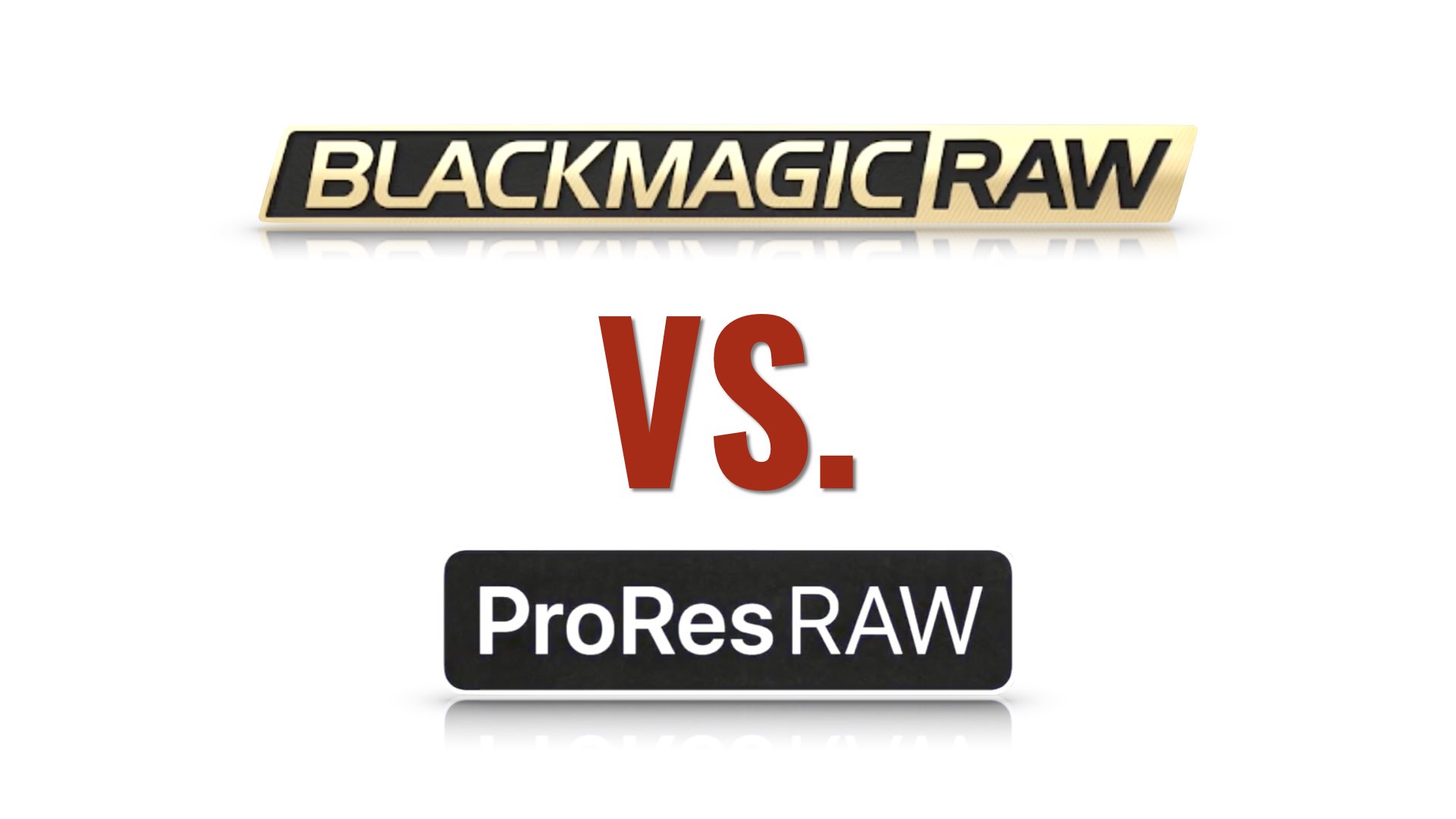
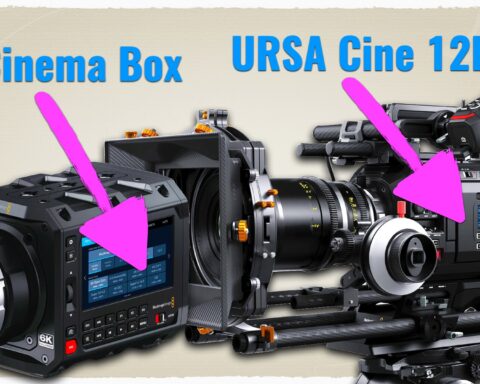
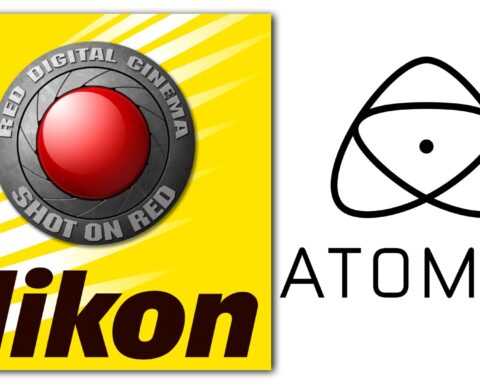
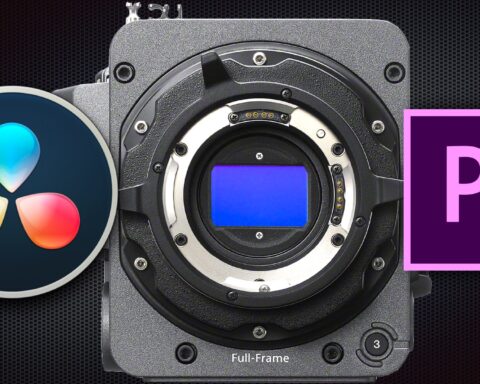

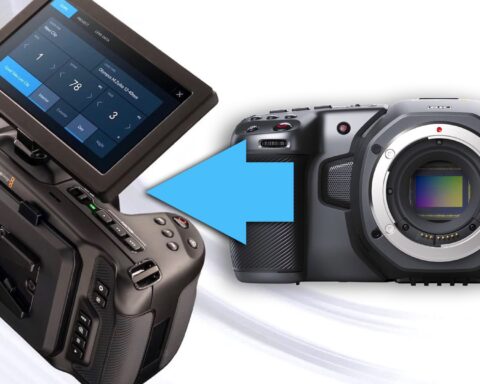
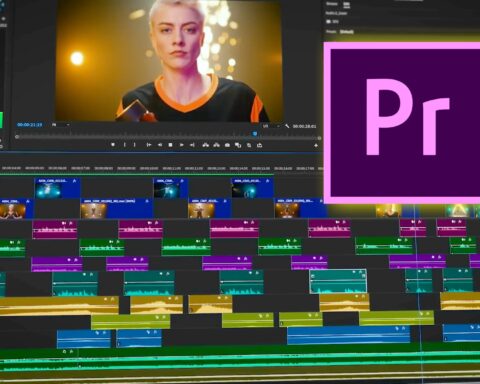

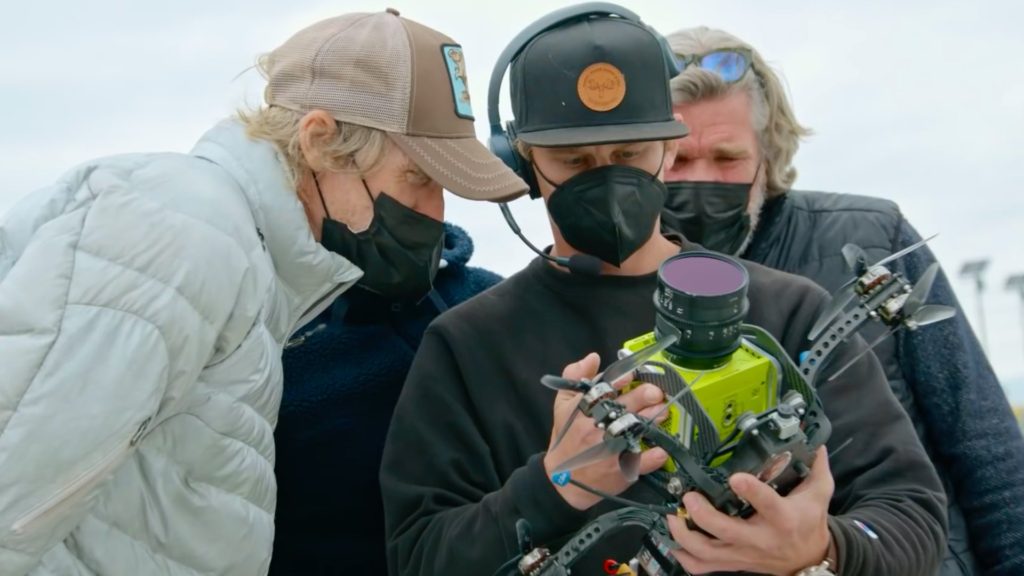
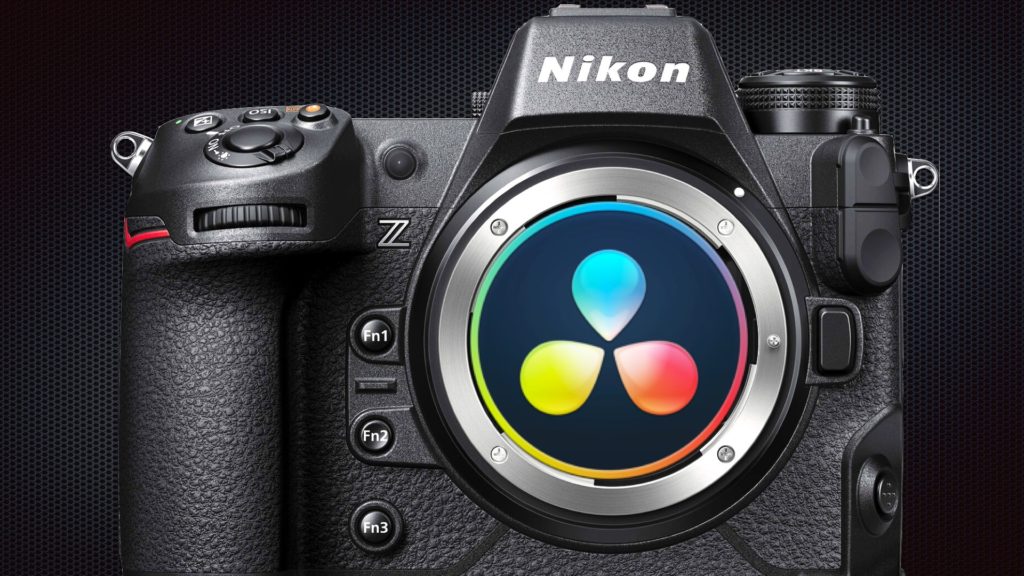
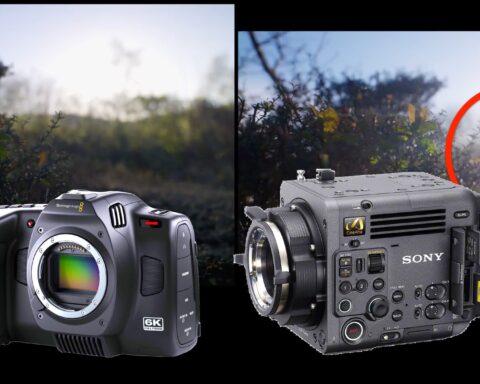
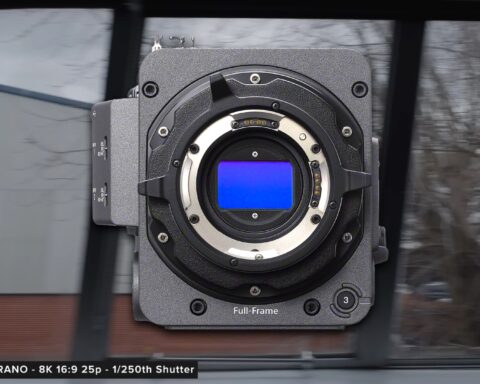
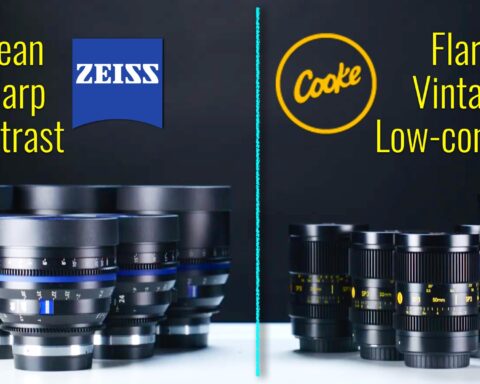
![RED V-Raptor OG vs. [X] vs. ARRI ALEXA 35: Dynamic Range Insights](https://u7s8g8p6.rocketcdn.me/wp-content/uploads/2024/02/red-v-raptor-x-arri-alexa-35-480x384.jpeg)
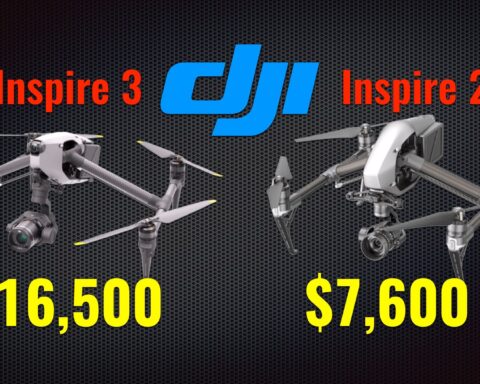
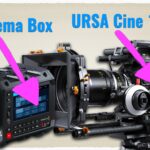
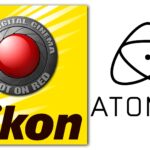
Saying that ProRes RAW wins over Blackmagic RAW is an oversimplification based on Panasonic’s inability to port their camera properly.
Apple lost their court case for violating REDs patents with ProRes raw. That’s why it can’t be used internally (with one exception in a technology swap with Canon) on a non RED camera. Atomos makes you go through hoops to activate ProRes raw.
Blackmagic cleverly got around REDs patent (they used to offer CDNG on BMPCC 4K and other cameras that could have been in question), by getting rid of useless noise in leveraging the CPU resources of the camera to partially debayer the BRAW images. This allowed their files to be much smaller and be edited on much older computers.
Blackmagic does not use battery saving application specific ASIC processors (like Panasonic) that prevents them from getting under the hood with their sensors to make changes. BM gets a lot of complaints about the battery drain on their multipurpose FPGA microchips, but they able to offer more features regularly with firmware updates. BRAW is constantly getting quality upgrades at no cost to Blackmagic camera owners, as evidenced by a recent firmware update to the URSA Mini Pro 12K.
It’s unclear at this point if Panasonic has been able to get their act together to take advantage of Blackmagic’s color science.
Captainhook (Blackmagic support) wrote:
“Our Highlight recovery will not work with the (Panasonic) S1H as it relies on channels that have not been clipped for a given wb to reconstruct extra highlight detail that the sensor could not capture, but the S1H ‘throws away’ this data before sending its ‘RAW’ output to the Video Assist. This is true for all the Panasonic cameras we currently support and the Canon C300 MKII.”
Status quo of BRAW recorded with Panasonic S1H?
https://forum.blackmagicdesign.com/viewtopic.php?f=2&t=151376&p=807348&hilit=+Status+quo+of+BRAW+recorded+with+Panasonic+#p807348
Captainhook wrote:
“…the 3rd party cameras can’t have highlight recovery as they clip the data on the camera etc before sending out, and most of them use mostly analog gain for ISO (being DSLRs) so ISO is not available either but you can still adjust exposure +/-5 stops so that doesn’t matter.”
Re: Sigma fp with BRAW and DNG
https://forum.blackmagicdesign.com/viewtopic.php?f=2&t=138074&p=743518&hilit=Braw+iso+doesn%27t+matter#p743518
Here is a man who plunked down $4400 USD for the Sony A7S III with the Atomos Ninja V video recorder. He shot some video in 12 bit ProRes raw and was surprised by lost highlights. He then recorded the same clip internally to a Blackmagic Pocket Cinema Camera 6K using 12 bit Blackmagic raw.
He couldn’t find the 15 stops of dynamic range in ProRes raw, and liked the 6K better. The 6K had better color and highlight recovery and he disliked Apple’s support of ProRes raw. At 8000 ISO and below, the BMPCC 6Ks low light samples look better than the Sony A7S IIIs, although you can go to a higher ISO with it.
Fast forward to 3:00 on the YouTube video to see the difference in highlight recovery.
Sony A7S III vs Bmpcc 6k w/ Downloadable Files
/r/videography/comments/kjr6sg/sony_a7s_iii_vs_bmpcc_6k_w_downloadable_files/
This same video from Sharif was discussed in this thread:
Deezid wrote:
“Getting annoyed each time I have to deal with ProRes Raw, dealing with it since there’s no direct DR support and seeing how much better the IQ actually is when working with it.
With BRAW I have to add lots of processing such as Gaussian Blur with an Edge Detection Alpha input, to mask out the strong halos around edges and add sharpening with the smallest radius possible, to make the image look more textured and no, it still won’t look as good as it could be.
No such issues with actual RAW.
Everyone who’s still in denial, please watch the following” (Sharif Mokbel’s DP Journey video)
https://youtu.be/qPB6wrVKHiw
kevin_p wrote:
“I actually have a similar complaint. I shot on the Pocket 6k in ProRes and BRAW and the image quality was quite similar in detail and texture.
I repeated the process with a Lumix S5 and a Video Assist Recorder: Recorded a clip in Braw then Prores. There was a huge lack of detail in BRAW compared to Prores. Enough for me to question my use of the codec.”
…
“And for reference, I did a comparison between the Lumix S5 in 5.9K BRAW, vs 4k Prores, vs Pocket 6k in Braw, vs P4K in CDNG.
The P4K in CDNG demolishes the P6K in 6K Braw when it comes to detail. It has a bit of aliasing and moire…but the Panasonic s5 in braw and prores comes close.”
John Griffin wrote:
“All look very nice on a UHD timeline on a UHD monitor – can’t see anything being ‘demolished’.”
Jamie LeJeune wrote:
“What app, display, and signal path was used to reach those conclusions?
Unless the playback was on a UHD/4K reference monitor and it was ensured that the decode and scaling was full quality, it’s difficult to make comparisons. Playing BRAW clips in the Premiere Pro GUI, for example, doesn’t give an accurate representation of what’s really in the file.”
Ryan Earl wrote:
“Pixel Peeping! My impression is that the 6K is more detailed than the 4K here, when and where it’s in focus. I think part of it is that you are using different apertures with the same lens. The subject is moving in the frame too, so it will shift what’s in focus; the mouth, the nose and the eyes move a bit in each clip.
The BRAW from the S5 looks more detailed than the ProRes here too. On the chin. If you blow up to 2x on a UHD timeline on a 4K monitor the pores on the chin are more visible in BRAW.
Right away, the color is better with BRAW too, at least easier to manage.”
Re: Denoising diminishes braw and prores detail
https://forum.blackmagicdesign.com/viewtopic.php?f=2&t=112613&p=823459&hilit=+BRAW+from+the+S5+looks+more+detailed+than+the+ProRes+#p823459
Thanks Yossi!
I shoot BRAW externally with Sigma FP and I can correct WB and do Highlight recovery.
I dont think theres anything I cant do or that it inactive/grey out.
The advantages in Sigma FP shooting BRAW rather then CDNG is that in BRAW I can choose different Gama curves and color space (in devinci).
In CDNG its limited.
And of course the file sizes are far more acceptable. I use Wise ssd and it last for hours on 4k DCI.
Excellent! One note — super easy to get proRes Raw footage into Resolve on a Mac using RawConvertor (yup, with an “o” not an “e”) on the App Store — a real game changer. On my M1 MacBook Pro, it transcodes PrRaw into cDNG (3 compression choices) at near playback speed, and plays/grades/edits like butter. Cheers